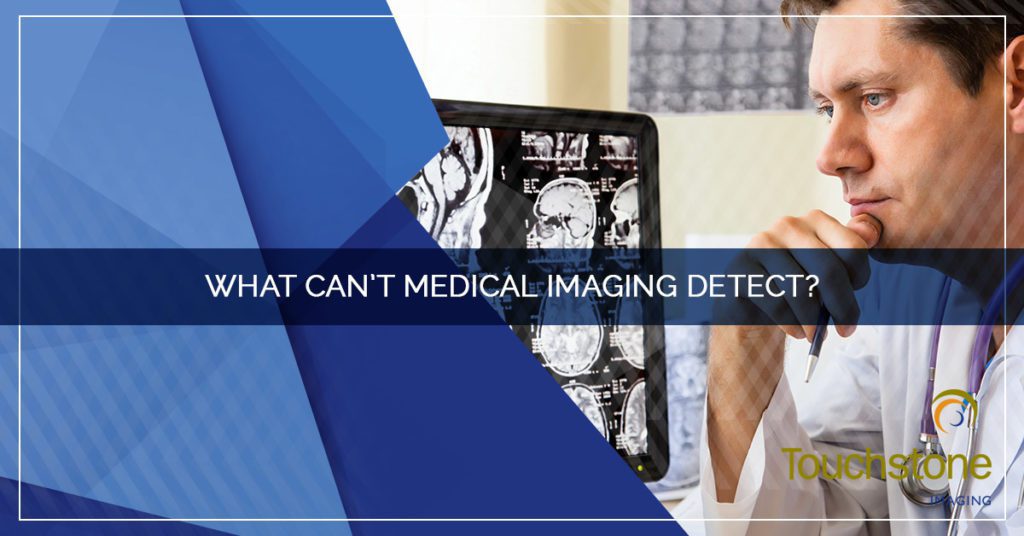Medical imaging is a modern marvel that can reveal all sorts of medical secrets that your body attempts to keep. Different forms of medical imaging technologies allow medical professionals to see inside the structures of your body to reveal abnormalities. However, as is true with all diagnostic tests, there are a few elusive conditions that they cannot detect.
Join us in today’s post as we review a few of the things that medical imaging cannot detect.
 Some mental health disorders.
Some mental health disorders.
Not all mental health disorders are created equal. Some are caused by traumatic events in a person’s life while others are caused by a chemical imbalance, and yet others can be caused by structural abnormalities or insult to the brain. If you have a change in thought, behavior, or mood, your physician may order a variety of tests to help determine the cause including blood work, an MRI or MRA of your brain, and a psychological examination. If a recent traumatic event happened in your life — the death of a loved one, an assault, or witnessing a violent crime — all of your medical imaging will likely come back normal. However, if there has been no change in circumstance, your doctor may be looking for other things such as abnormalities in the brain or communication between different parts of the brain. Events such as a blow (or impact from a fall) to the head can cause damage that may manifest as nothing other than perceived mental health issues. Your doctor will review all of your test results and develop a treatment plan tailored for you.
Most blood disorders.
While an angiogram, fluoroscopy, and vascular ultrasound can all detect the health of blood vessels and can indicate areas of atherosclerosis, vessel narrowing, and show hypertension, medical imaging is not a useful tool in identifying or diagnosing most blood disorders. Examples of blood disorders that cannot be detected by medical imaging include platelet disorders, anemia, sickle-cell anemia, or cancers of the blood — leukemia and myeloma. These disorders will be detected through other diagnostic testing including routine blood labs.
Electrolyte disorders.
From basic electrolyte disorders such as dehydration to the more complicated ones such as mineral metabolism disorders, medical imaging cannot be used to detect these. These disorders are fairly easy to detect with simple blood work and are also fairly easy to correct, assuming that the body is processing them correctly. If there is an anatomical reason that the electrolytes are not properly being absorbed, such as intestinal or kidney malfunctions, this can be visualized with a CT using contrast.
When your medical team is looking for the underlying causes of your symptoms, they may try a variety of diagnostic tests or procedures to shed some light on the problem. If your provider orders an imaging procedure — x-ray, MRI, CT, angiogram, bone scan, or ultrasound — consider Touchstone Imaging centers. Our clinics are freestanding imaging centers that are large enough to quickly meet your needs, but small enough to make you feel comfortable. Contact us to schedule your medical imaging appointment today.


